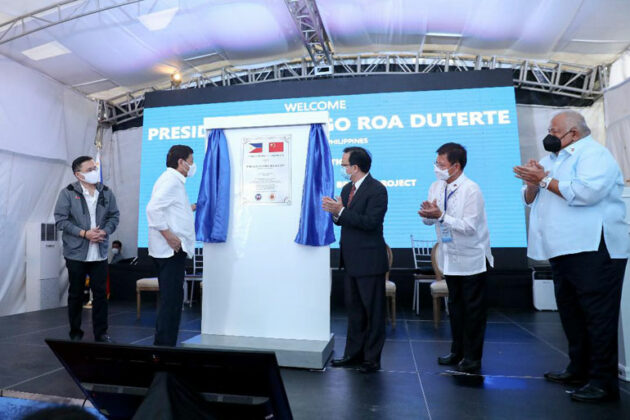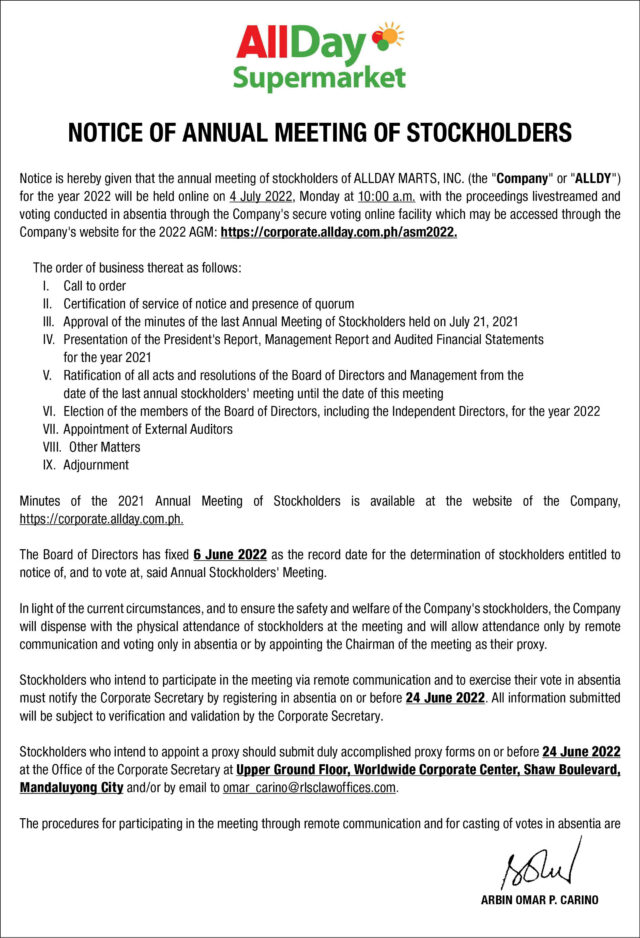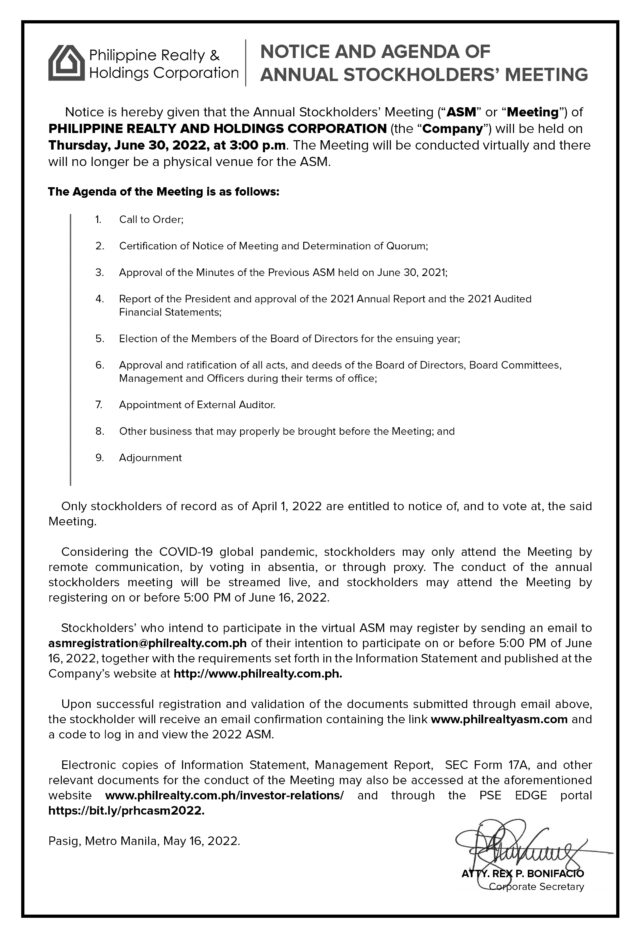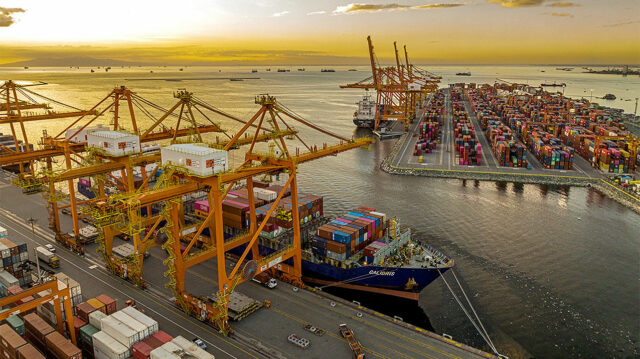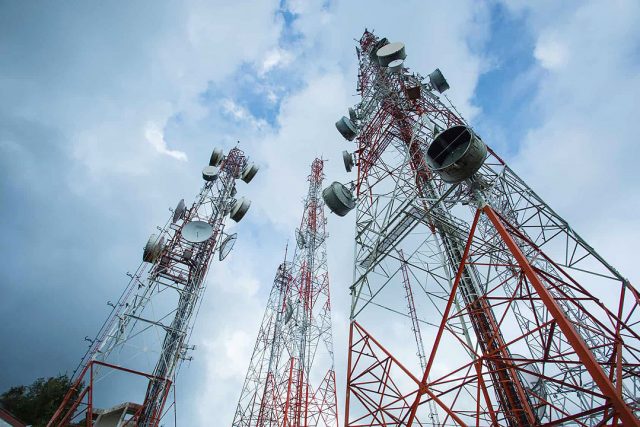Creating the right employee health plan for small businesses
As part of the recovery measures following a global health crisis, the economy continues to stir a hyper-competitive work environment where the workforce has become a critical asset to every business and the workplace constitutes a fundamental part of employees’ lives.
To better manage the cost of risks and thrive amidst pandemic-brought business implications, companies are considering employee premiums via optimizing health insurance arrangements.
The 2021 Benefits Trends Survey of Willis Towers Watson (WTW), a multinational risk management firm, revealed that 76% or seven out of 10 employers in the Philippines plan to differentiate and customize their benefit programs for employees over the next two years to attract top talent.
However, in the case of small businesses with limited operating budget, thriving in a liquid market highly depends on talent acquisition and retention.
As shown at the 2021 Small Business Trends survey spearheaded by Guidant and the Small Business Trends Alliance (SBTA), a group of companies supporting small businesses with data trends and insights, 19% of small business owners cited challenges in employee recruitment and retention.
The findings suggest that to make employees willingly stay in the company is to make sure that aside from salary, the health benefits are competitive within the industry for this evokes a sense of security in the workplace over the larger competition.
Health insurance for small business owners provides affordable access to medical assistance for employees. Typically, this is in the form of group policies which help all workers obtain tailored-fit health assistance for lower rates yet better coverage.
In choosing health insurance policies, experts encourage small business owners to consider the following factors to adhere on the allocated budget while ensuring that employees can extract the maximum benefits out of the plan.
Workforce feedback
In most companies, no matter how big or small, top-level managers in human resources and finance departments make major decisions, whereas the lower level in the hierarchy is not involved in such matters.
However, according to WTW, enhanced communication between employees and employers is pertinent to help both parties in understanding the cost and value of the insurance programs before selecting the group policy as a whole. In addition, by keeping this process transparent, employees will feel more valued.
Employee as co-owner of the policy
Experts noted that shouldering the entire cost of employee benefits is one of the expensive errors of companies. For small business owners who want to provide a comprehensive group policy but the premiums are way beyond the budget, making the employees co-owner of the policy is an option, according to SBTA.
At a nominal premium every month to be deducted from their salary, employees can enjoy premium benefits and better insurance coverage.
Insured on Day 1
Industry experts observed that many small business owners activate the employee health insurance plan after six to 12 months of on-boarding. While the absence of health insurance coverage to new employees save money for a short period of time, it will severely impact the chances of fostering great employee relationships in the long run.
They also found that by offering a competitive benefits package to attract and retain the best talents, small business can run smoothly to increase its growth rate instead of having to replace employees frequently which tends to be more costly than compensating the team with medical coverage.
Determine the cost
Running a small business entails similar challenges that large companies also have; from increasing sales and hiring maintenance staff, to innovating the brand — the only difference is the operating budget. For small businesses to offer group health insurance amidst the rising inflation and medical costs, experts advise small business owners to check their options and stay within budget.
According to them, the cost for group coverage depends on the demographics of employees. For instance, younger employees may not usually need to go to the doctor as often, while older employees, those with preexisting conditions, may need more coverage.
Look and communicate the plan
Aside from taking a careful look at what plans offer in deductibles and coverage costs, risk management firms reiterated to consider covering the employees’ dependents in their health insurance, if possible. They also recommend health insurance with a large network of hospitals since most small businesses run virtually today with employees residing in different areas locally and abroad.
As navigating the vast array of health benefits can be crucial for owners, creating an initial plan and communicating it to an insurance provider that offers competitive rates, flexible coverage options, access to a strong network of medical providers and availability will ease the challenge of finding the right policy for employees of small businesses. — Allyana A. Almonte





